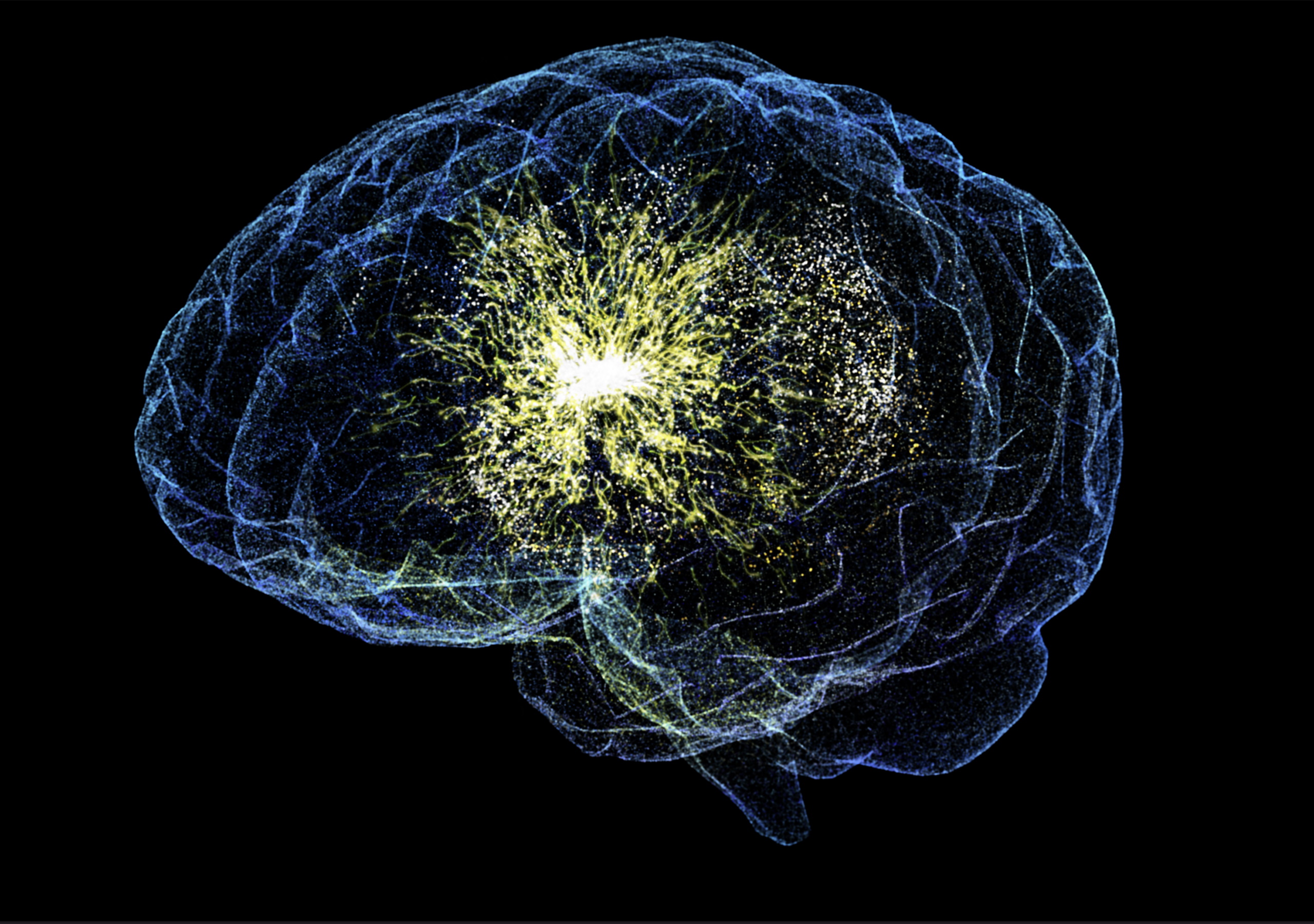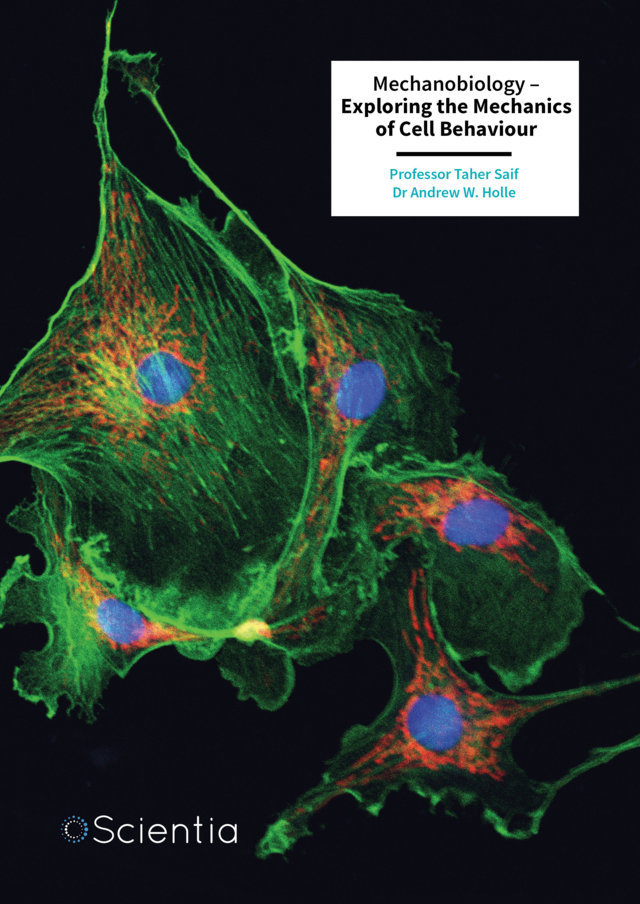The transition from the Middle to Upper Paleolithic in Europe marks a pivotal period in human evolution, with the replacement of Neanderthals by anatomically modern humans. A new study by Nicolas Teyssandier, Director of Research at the French National Center for Scientific Research (CNRS) and vice director of the TRACES laboratory at the Toulouse Jean Jaurès University examines the archaeological evidence for this transition and attempts to reconcile it with recent discoveries, shedding new light on this complex period of cultural and biological change. More
Between approximately 50,000 and 35,000 years ago, one of the most profound shifts in human history took place across Europe. This period saw the replacement of archaic human groups such as the Neanderthals by anatomically modern humans, accompanied by significant cultural and technological changes. However, the details of this transition remain hotly debated among archaeologists and paleoanthropologists.
In a new study published in the Journal of Paleolithic Archaeology, Nicolas Teyssandier critically examines the archaeological evidence for this transition and attempts to reconcile it with recent paleogenomic data. Paleogenomic data refers to genetic information obtained from ancient organisms, usually through the study of DNA extracted from old bones, teeth, or other preserved remains. Paleogenomics combines genetics, archaeology, and paleontology to study life from the distant past.
Professor Teyssandier focuses on several key archaeological industries or “technocomplexes” that have been identified in Europe during this transitional period. “Technocomplexes” refer to distinct groups of archaeological artefacts that share similar characteristics and are thought to represent specific cultural traditions. These include the Châtelperronian in France and northern Spain, the Uluzzian in Italy and Greece, and the Lincombian-Ranisian-Jerzmanowician in northwest Europe. Teyssandier also examines industries grouped under the term Initial Upper Paleolithic (or IUP for short).
All of these different technocomplexes are important because they represent different cultural traditions that existed in this transition period. By studying these, archaeologists hope to understand how the transition occurred in different parts of Europe and whether neanderthals or modern humans were responsible for creating different tool traditions.
The Châtelperronian, an archaeological culture found in France and northern Spain from 45,000 to 41,000 years ago, has been central to debates about the transition from Middle to Upper Paleolithic. In the past, it was seen as a mixture of Middle and Upper Paleolithic traditions. However, contemporary evidence suggests that it represents a fully Upper Paleolithic culture, characterised by advanced blade production and stone tools typical of later periods. The Châtelperronian also includes bone tools and personal ornaments, though these are mainly known from one site, Grotte du Renne.
The discovery of advanced tools and jewellery in the Châtelperronian layers, especially at the Grotte du Renne site, has sparked intense debate among scientists. These items, including bone tools and decorative ornaments, are more complex than what we typically associate with Neanderthals. This has led to several competing explanations. Some researchers believe these items show that Neanderthals were more creative and innovative than previously thought. Others suggest that Neanderthals may have learned to make these items by interacting with or observing modern humans, a process called acculturation. A third group proposes that these advanced items might have accidentally mixed into the Neanderthal layers from later modern human occupations of the site. Finally, some scientists argue that modern humans, not Neanderthals, actually created the Châtelperronian tools and ornaments.
Teyssandier dismisses the idea that the Châtelperronian resulted from Neanderthals learning from modern humans, as it predates modern human sites in the region. He also sees little evidence of mixing between archaeological layers at Grotte du Renne. However, Teyssandier cautions against definitively linking the Châtelperronian to Neanderthals. Although Neanderthal remains have been found alongside Châtelperronian tools at Grotte du Renne, the connection isn’t certain. The exact relationship between these human fossils and the surrounding artefacts remains unclear.
The Uluzzian, found across much of Italy and at one site in Greece, presents a different picture. Dated to between about 45,000 and 41,500 years ago, it is characterised by flake-based industries with some Upper Paleolithic elements such as backed pieces and ornaments. However, its attribution to either Neanderthals or modern humans remains uncertain due to a lack of clearly associated human fossils.
The Lincombian-Ranisian-Jerzmanowician complex of northwest Europe, dated to around 43,000 years ago, is characterised by leaf-shaped bifacial points made on blades. While its origins likely lie in the late local Middle Paleolithic, its makers also remain unknown.
Professor Teyssandier also critiques claims that some early tool-making cultures in Europe are similar to the IUP found in Southwest Asia. The IUP represents one of the earliest examples of Upper Paleolithic technology. Professor Teyssandier believes that one culture in Central Europe, called the Bohunician, does share some features with the IUP. However, he points out that other cultures once thought to be related, such as the Bachokirian found in Bulgaria, are actually quite different. This suggests that the spread of early advanced tool-making techniques across Europe might have been more complex than previously thought.
Teyssandier is particularly sceptical of recent claims associating the Neronian industry of southeastern France with anatomically modern humans and the IUP. He argues that the evidence for this is currently insufficient and that the Neronian likely represents a distinct local development.
For Professor Teyssandier, the various regional complexes grouped under the term “Middle-to-Upper Paleolithic transition” actually represent quite distinct archaeological realities. While most include both Middle and Upper Paleolithic characteristics, the Châtelperronian stands out as a fully Upper Paleolithic entity with no clear links to earlier industries.
Recent paleogenomic studies have added further complexity to our understanding of this period. They reveal that early modern humans in Europe frequently interbred with Neanderthals, with some fossils showing evidence of this just a few generations prior. Importantly, many of the earliest modern human fossils analysed appear to represent lineages that did not contribute genetically to later European populations.
This suggests a complex picture of population movements and interactions during the transition period. The first modern humans associated with transitional industries may have interbred with Neanderthals but ultimately left no descendants. Only later, perhaps around 40,000 years ago, did modern human populations become established that would contribute genetically to later Europeans.
Professor Teyssandier argues that in light of this complexity, debates over whether Neanderthals or modern humans were responsible for specific transitional industries may be missing the point. What is more important is understanding the dynamics of cultural change during this period. While some industries, such as the Bachokirian, show gradual change from earlier Middle Paleolithic traditions, others such as the Châtelperronian represent a clear break.
Teyssandier concludes that, until around 42,000 years ago, there was no unified cultural movement across Europe. Instead, we see regionally diverse situations reflecting complex interactions between local traditions and new innovations. This period was characterised by significant population movements and mixing, making simple attributions of industries to either Neanderthals or modern humans problematic.
Professor Teyssandier’s study highlights the need for caution in interpreting the archaeological record of this crucial transition period. It demonstrates that understanding the Middle-to-Upper Paleolithic shift requires considering both cultural and biological evidence, as well as recognizing the complexity and regional diversity of changes occurring across Europe. As new archaeological and genetic evidence continues to emerge, our picture of this pivotal moment in human evolution is likely to become even more nuanced.







